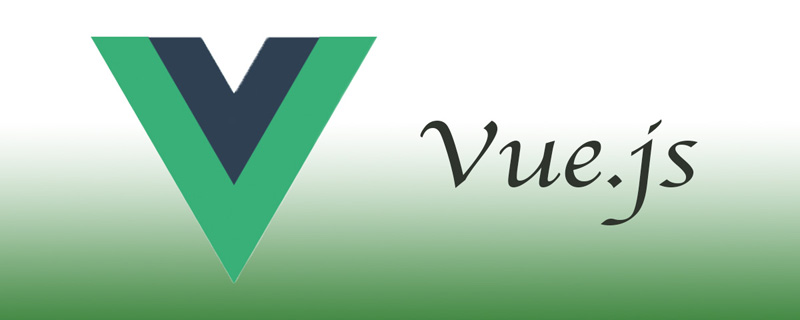Home >Web Front-end >Front-end Q&A >What are the two methods of qs in vue
What are the two methods of qs in vue
- 青灯夜游Original
- 2022-12-21 18:19:002873browse
The two methods of qs are: 1. The stringify method is used to serialize the object into a string in the form of a URL, splicing it with the "&" symbol, and the syntax is "qs.stringify(data)"; 2. The parse method is used to parse a string in the form of a URL into an object. The syntax is "qs.parse(data)".

The operating environment of this tutorial: windows7 system, vue3 version, DELL G3 computer.
1. What is qs?
qs is a library for query string parsing and string serialization that adds some security. A conversion between objects and strings can be performed.
2. Installation of qs
qs comes with axios and is also a package managed by the npm warehouse.
Installation method:
npm install qs
Import method in the Vue project:
import qs from 'qs'
main in the Vue project How to set global properties in .js:
Vue.prototype.$qs = qs
3. QS application scenario
Use axios to call the back-end interface.
The request method is post, axios.defaults.headers.post['Content-Type'] = 'application/x-www-form-urllencoded', use qs.stringify() for the parameters of the object or array Perform serialization conversion
4. QS uses
Introducing its two methods: stringify and parse.
qs.stringify(data)
The stringify method is to serialize the object into a string in the form of url, with & Symbols are spliced.
onst Qs = require('qs');
let obj= {
method: "query_sql_dataset_data",
projectId: "85",
appToken: "7d22e38e-5717-11e7-907b-a6006ad3dba0",
datasetId: " 12564701"
};
Qs.stringify(obj);
console.log(Qs.stringify(obj));As shown in the above code, the output result is as follows

{"uid":"cs11","pwd":"000000als","username":"cs11","password":"000000als"}
uid=cs11&pwd=000000als&username=cs11&password=000000als
qs.parse(data)
The parse method parses a string in the form of a URL into an object.The example and output effect are as follows:import qs from 'qs'
const userStr = 'name=xiaoming&password=123456'
//qs.parse(userStr)
console.log('转换后的格式:',qs.parse(userStr))
// Object{
// name:'xiaoming',
// password:'123456'
// }
5. The difference between qs and JSON
I’ve never quite understood the difference between qs and JSON? ! I checked carefully online and summarized it as follows:|
##qs |
JSON | ||
|---|---|---|---|
| are all about conversion between objects and strings | |||
| stringif method | When the front-end and back-end interact, the object is serialized into data in url form and spliced with & | Convert data to normal json string format | |
|
Converted data: name=xiaoming&password=123123 ##Object data: {name:'xiaoming',password:'123123'} |
Converted data: '{"name":"xiaoming","password":"123123"}' | parse method||
| String data: | name=xiaoming&password=123123Converted data: {name:'xiaoming',password:'123123'} String data: | '{"name":"xiaoming","password":"123123"}'Converted data :{name:'xiaoming',password:'123123'} | ##[Related recommendations:|
The above is the detailed content of What are the two methods of qs in vue. For more information, please follow other related articles on the PHP Chinese website!

